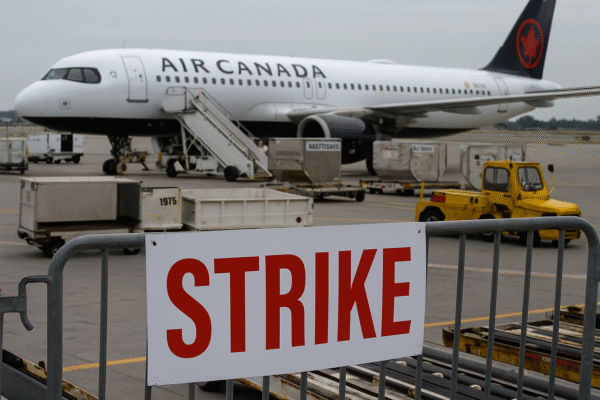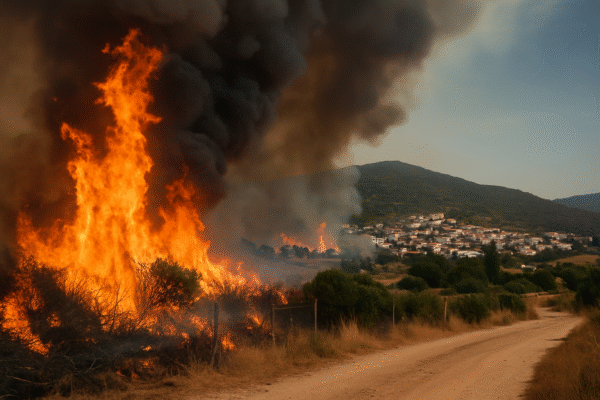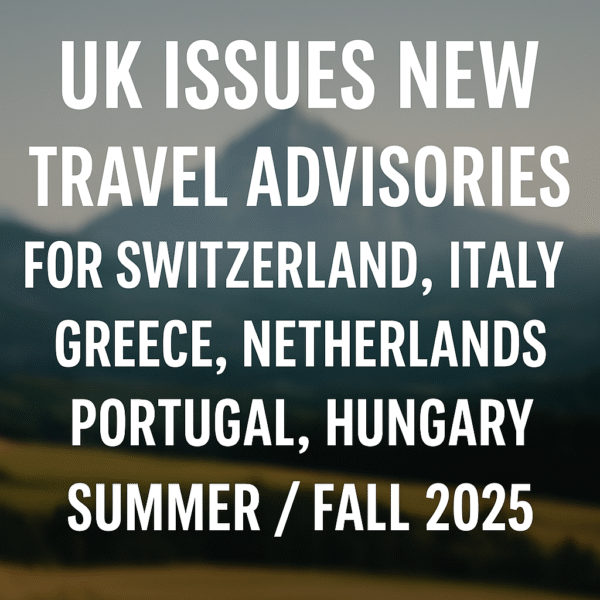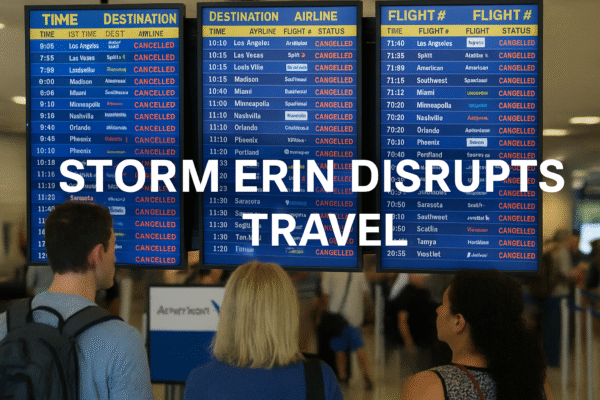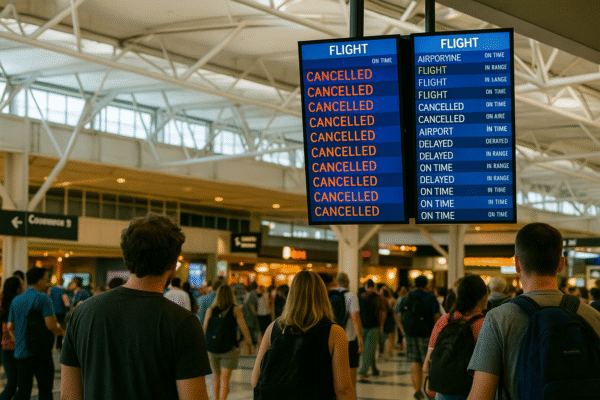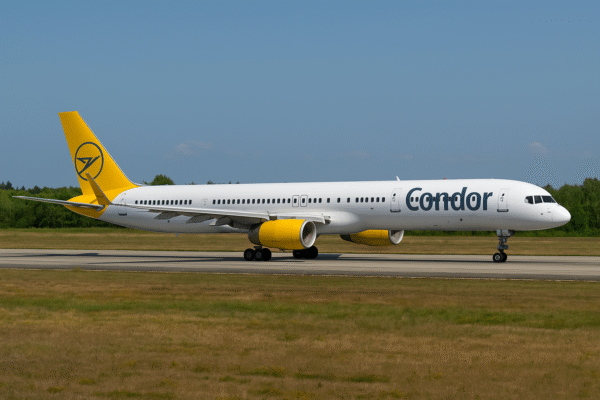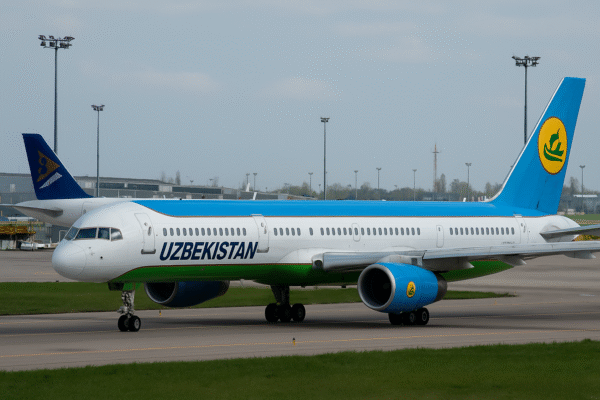This Independence Day, Americans are expected to travel in record numbers, with the American Automobile Association (AAA) forecasting that 61.6 million travelers will hit the road between June 29 and July 7, 2025. This marks the largest automobile travel volume in U.S. holiday history, representing a 4.8% increase from 2024 and a 5.3% rise over pre-pandemic 2019 levels.
The holiday rush underscores Americans’ renewed passion for domestic travel, with the car once again becoming a symbol of freedom, family connection, and celebration during the nation’s most patriotic week.
Independence Day Travel by the Numbers
According to AAA’s annual forecast—produced in collaboration with transportation analytics firm INRIX and data from the U.S. Department of Transportation—over 70.9 million people will travel 50 miles or more from home this Independence Day holiday period.
- By Car: 61.6 million
- By Air: 5.7 million
- By Bus, Rail, or Cruise: 3.6 million
This year’s spike is attributed to a combination of low fuel prices, a robust highway system, and high consumer confidence in domestic travel.
What’s Fueling the Travel Boom?
Several key factors are behind this historic surge in July Fourth road trips:
✅ Lower Gas Prices
The U.S. Energy Information Administration reports that national gasoline averages remain below $3.50 per gallon across most states, helping stretch family travel budgets.
✅ Stronger Travel Confidence
With pandemic restrictions lifted and health concerns diminished, Americans are embracing domestic mobility with renewed vigor.
✅ EV Charging Network Expansion
Thanks to the Biden-Harris Administration’s Bipartisan Infrastructure Law, over 170,000 public EV charging stations are now active nationwide, encouraging longer journeys for electric vehicle owners.
✅ Flexible Work and Remote Schedules
More workers now enjoy the flexibility to take extended holiday trips or start them early, making full use of the week-long travel window.
When and Where to Expect the Worst Traffic
INRIX and AAA caution that the busiest travel days will be:
- Wednesday, July 3
- Sunday, July 7
Major metro areas could see travel delays up to 67% longer than usual during afternoon and early evening hours.
Top Congested Corridors:
- Atlanta: I-75 South & I-285 loop
- Seattle: I-5 North
- Los Angeles: I-10 and I-405 intersections
- Chicago: I-90/94 corridor
- New York City: George Washington Bridge & Holland Tunnel
Travelers are advised to leave early in the day or consider alternate routes to avoid gridlock.
Most Popular Road Trip Destinations for July 4th
AAA’s booking trends reveal the most sought-after July 4th destinations:
- Orlando, Florida: Fireworks, theme parks, and family resorts
- Las Vegas, Nevada: High-energy entertainment and celebratory shows
- Virginia Beach, Virginia: Sun-soaked shores and family-friendly activities
- Seattle, Washington: Waterfront events and scenic drives
- Denver, Colorado: A jumping-off point for road trips to national parks
- Gatlinburg, Tennessee: Gateway to the Great Smoky Mountains
- Boston, Massachusetts: Historical landmarks and revolutionary spirit
These cities reflect diverse interests—from nature lovers and families to history buffs and entertainment seekers.
Government Travel Advice and Road Safety
As travel surges, safety takes center stage. The Federal Highway Administration (FHWA) and National Highway Traffic Safety Administration (NHTSA) have issued guidance:
- Stay alert and avoid driving while drowsy
- Keep emergency kits and power banks in vehicles
- Obey posted speed limits and use seat belts
- Avoid distracted driving—especially during night travel
- Designate a driver or use rideshare if consuming alcohol
States like California, Texas, and Florida have also announced temporary suspension of non-essential roadwork during the peak travel period to ease bottlenecks.
Traveling Sustainably During the Surge
The U.S. Environmental Protection Agency (EPA) is encouraging eco-conscious travel choices as over 61 million cars take to the road:
- Carpool with friends or family
- Avoid prolonged idling to reduce emissions
- Ensure tire pressure is optimal for better mileage
- Opt for EVs or hybrids where possible
Sustainability initiatives under the Federal Transit Administration (FTA) are helping reduce travel emissions, thanks to expanded EV charging corridors and green rest stop upgrades.
Long-Term Infrastructure Improvements Underway
The Infrastructure Investment and Jobs Act (IIJA) is making a difference in how Americans travel:
- New smart traffic systems to reduce delays
- Renovated rest areas for safer, cleaner stops
- More EV charging stations across all interstates
These enhancements are designed to not only improve safety but also minimize travel time and environmental impact.
Celebrating Freedom with Every Mile
“Every journey this Independence Day tells a story of freedom and connection,” said U.S. Transportation Secretary Pete Buttigieg. “Let’s travel responsibly and joyfully, honoring the spirit of this great nation.”
As families buckle up for beach getaways, national park adventures, or historical city tours, the 2025 July 4th travel surge marks more than a record—it’s a reminder of what unites the country: the open road and the freedom to explore it.
For more travel news like this, keep reading Global Travel Wire




